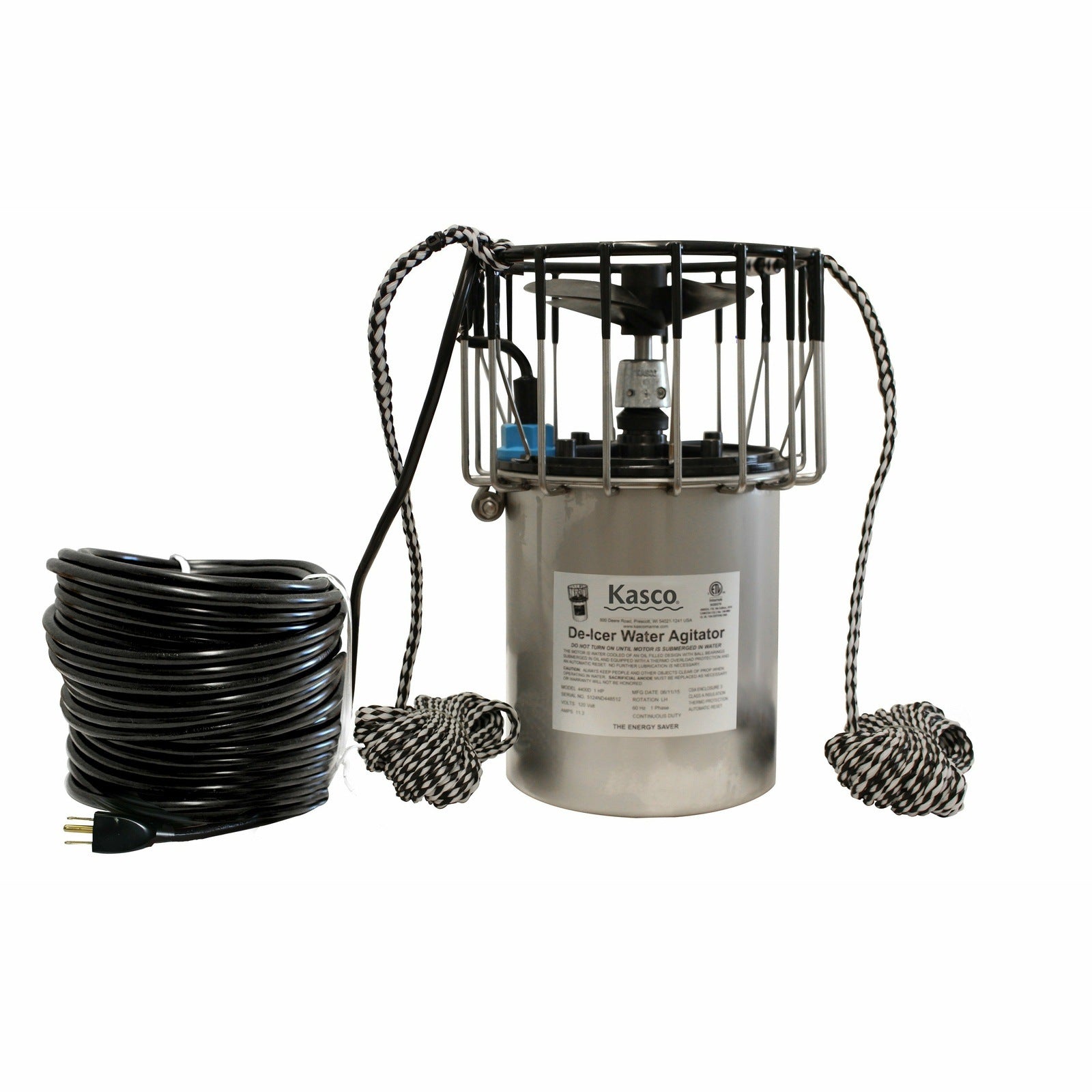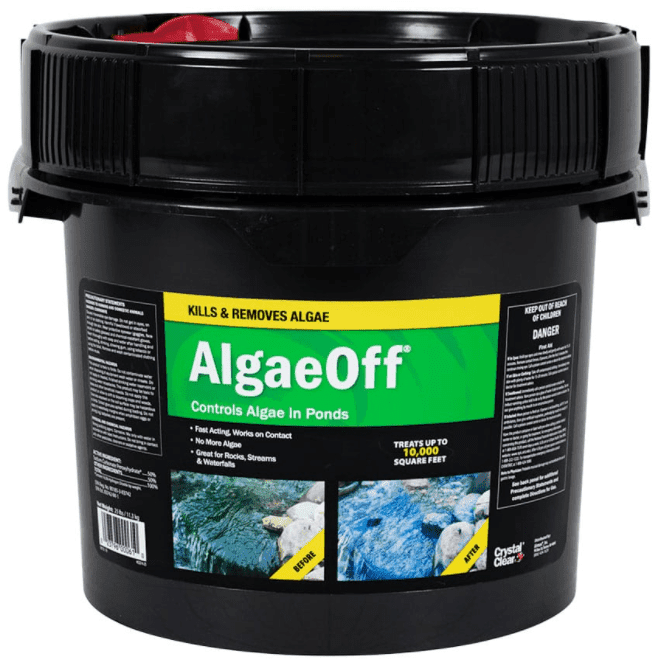Small ponds are more than charming backyard features. They serve as mini-ecosystems, habitat for wildlife, carbon sinks, and water regulators for the surrounding land. But climate change is reshaping their existence and putting their health at risk. Understanding the changes is vital for anyone who cares about pond health, whether for beauty, biodiversity, or utility.
Rising Temperatures and Thermal Stress
One of the clearest effects of climate change is warming air temperatures. Since small ponds have relatively shallow water, they warm up faster than larger lakes. When water heats:
- Dissolved oxygen decreases, making it harder for fish, amphibians, and beneficial aquatic insects to survive.
- Algae and cyanobacteria tend to grow more rapidly under warm conditions, especially harmful blooms that turn water green, offensive, or even toxic.
- Coldwater species may decline or disappear entirely, forcing shifts in which species dominate.
These effects disrupt the balance of the pond’s ecosystem, potentially giving advantage to invasive or nuisance species.
Altered Precipitation Patterns: Droughts and Flash Floods
Climate models for many parts of the USA predict more extreme weather patterns: longer dry spells followed by intense storms. That means:
- During droughts, water levels drop, exposing pond bottoms. This shrinks habitat, raises water temperature even more, and concentrates pollutants.
- Sudden downpours produce runoff that carries sediment, fertilizer, and pollutants into the pond, overloading the system.
Both extremes stress pond life and water quality but in different ways.
Water Quality Degradation and Nutrient Overload
As heavy rains increase runoff, more nutrients like nitrogen and phosphorus enter ponds from lawns, farms, streets. Warm water speeds up biochemical reactions, making nutrient issues worse. The result includes:
- Eutrophication: more plant and algae growth, which can lead to oxygen depletion.
- Increased turbidity (cloudiness) reducing sunlight, harming aquatic plants under the water.
- Release of odors and unpleasant water color or slime layers.
Biodiversity Loss and Changes in Species Composition
Small ponds often support amphibians, insects, small fish, birds, and plants. But changes in temperature or water chemistry can:
- Disrupt breeding cycles of amphibians which depend on consistent water levels and healthy water.
- Cause loss of sensitive species, replaced by ones more tolerant of stress (for example mosquitoes, some algae, or invasive plants).
-
Reduce richness and ecological balance, making ponds less resilient to further stress.
Increased Risk from Invasive Species
Warmer water, disturbed habitats, and altered precipitation create openings for invasive species. These can outcompete native plants and animals, clog pond systems, and worsen water quality.
Carbon Sequestration and Greenhouse Gas Emissions
Ponds naturally sequester carbon by storing organic matter in sediments and through plant growth. Small ponds in particular, when stable with vegetation, can be surprisingly effective carbon sinks.
On the flip side, some types of ponds, especially those with lots of decaying plant matter or covered by floating vegetation like duckweed, can emit methane, a potent greenhouse gas. The balance between sequestration and emission depends on vegetation, water depth, temperature, and management practices.
What Pond Owners Can Do: Building Resilience
- Aeration systems: These help keep water moving and oxygenated, combating low dissolved oxygen during hot weather or when plants and algae die off.
- Filtration systems: Filters reduce nutrient load, trap sediment, and help maintain water clarity. They are especially relevant after intense storm runoff or during conditions that favor algal growth.
Other strategies:
- Plant native shoreline vegetation to buffer runoff and provide shade.
- Monitor water levels, temperature, and clarity frequently, early detection of issues is key.
- Manage nutrient sources: reduce fertilizer use, control pet waste, and limit runoff.
-
Clean muck and sediment that build up, which often degrade oxygen levels and trap harmful substances.
Why Small Ponds Matter More Than Many Realize
Despite their size, small ponds punch above their weight. They:
- Serve as hotspots of biodiversity. Many amphibians, insects, and plants depend on them.
- Capture stormwater, helping reduce flood risk.
- Act as buffers, filtering nutrients before they reach larger water bodies.
-
Store carbon in vegetation and sediments. Preserving them helps in broader climate change mitigation strategies.
Common Misconceptions to Avoid
- Thinking that modern weather events are “just part of natural variability” ignores long-term trends in temperature, precipitation, and ecological stress.
- Believing that one solution fixes everything; aerators are great but without filtration and nutrient control, problems often recur.
- Assuming small ponds don’t matter. Even tiny ponds collectively influence water quality, biodiversity, and climate regulation.
FAQs
Will aeration systems help during hot summer heatwaves?
Yes. By increasing oxygen levels and circulating water, aeration reduces stagnant layers where oxygen gets depleted. It helps fish and aquatic creatures survive heat stress.
How often should I clean or replace filters?
That depends on the pond size, how many fish or plants you have, how much debris enters, and weather conditions. After storms or heavy leaf fall, filter cleaning may be more frequent. Inspect monthly or seasonally to decide.
Can I reduce algae with just aeration?
Aeration helps but usually isn’t enough on its own. You’ll often need filtration and nutrient management (limiting fertilizers, runoff, organic matter entering the pond) to really keep algae under control.
How does planting native vegetation help?
Native plants stabilize shorelines, reduce erosion, absorb nutrients before they reach ponds, shade the water (which helps cool it), and provide habitat for wildlife.
Could my pond become a source of greenhouse gases?
It’s possible. If there is a lot of decaying plant matter, or if floating vegetation layers grow dense (like duckweed or mats of algae), decomposition under low-oxygen conditions can release methane or other gases. Managing vegetation, aeration, sediment removal, and limiting nutrient sources limits that risk.
Conclusion
Climate change will continue to ripple out, affecting even small ponds that might seem isolated. Their health is linked to water temperature, precipitation patterns, nutrient loads, biodiversity, and greenhouse gas balance. Pond owners in the USA have both reason and ability to act. By using effective aeration and filtration, managing nutrients, planting native vegetation, and staying alert to changing conditions, owners can help their ponds not only survive but thrive.
Ponds are more than water pools. They are alive. They reflect both our environmental challenges and our opportunities to respond.













